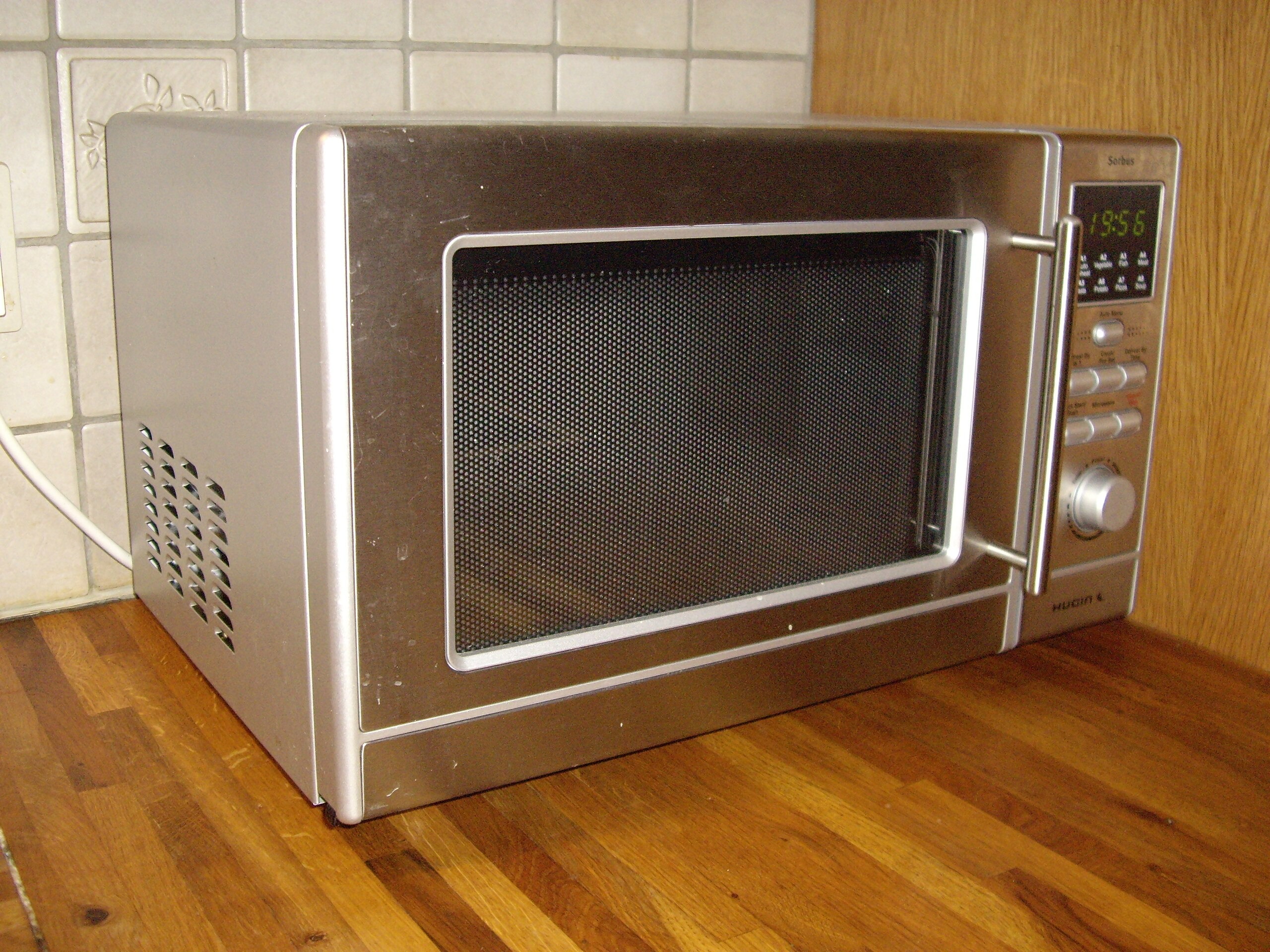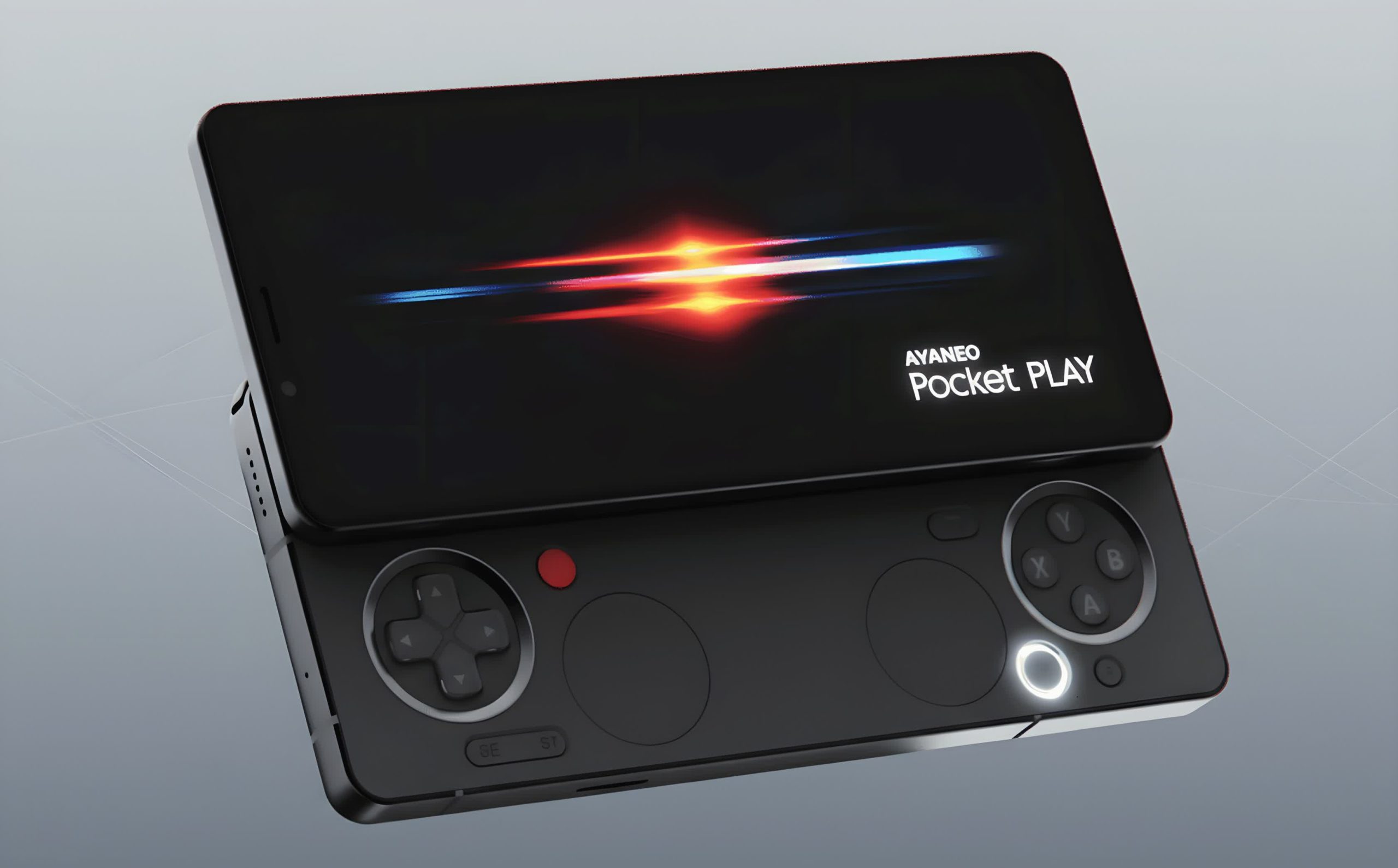Racing through morning routines, you grab the air fryer for leftover pizza instead of hitting the microwave button—and you’re not alone in this quiet rebellion. Despite commanding a $10 billion global market, the microwave oven is experiencing a cultural demotion in American kitchens, particularly among younger, health-conscious households who increasingly value food quality over pure speed.
The Crispiness Wars Have Already Been Won
Air fryers and convection toaster ovens deliver restaurant-quality results that make microwave food taste like a soggy compromise.
Your Instagram feed tells the story. Food influencers showcase perfectly crispy reheated dishes from air fryers, not the limp results that emerge from microwave heating. Multi-cookers promise scratch cooking, while convection toaster ovens deliver that coveted golden-brown finish. The texture difference isn’t subtle—it’s the gap between cafeteria food and something you’d actually photograph for social media.
Counter Space as Status Symbol
Premium kitchen real estate now showcases appliances that perform, not just convenience tools.
Walk through high-end kitchen showrooms and notice what’s missing from the countertops. Microwaves get banished to hidden cabinet drawers while sleek air fryers claim the spotlight. Counter space has become precious currency, and homeowners are choosing appliances that signal culinary ambition over mere efficiency. The shift mirrors how we’ve reimagined kitchens—from functional spaces to lifestyle statements.
The Health Perception Problem
Despite scientific safety, lingering concerns and “natural cooking” preferences work against microwave adoption.
Health-conscious consumers still harbor unease about microwave technology, regardless of FDA assurances about safety. This demographic gravitates toward appliances perceived as more natural—slow cookers, steam ovens, anything that doesn’t involve electromagnetic waves heating their dinner. The psychology matters more than the physics here, and microwaves carry cultural baggage that newer appliances simply don’t.
Innovation Meets Indifference
Smart features and inverter technology target premium buyers but can’t solve the fundamental texture problem.
Manufacturers are fighting back with Wi-Fi connectivity, sensor cooking, and inverter technology that promises more even heating. These innovations mainly target the premium segment, but they don’t address the core issue: microwaved food still tastes microwaved. Until the industry solves that fundamental limitation, all the smartphone apps and preset buttons won’t matter to consumers who’ve discovered better alternatives.
The microwave isn’t disappearing—it’s simply accepting a humbler role as the kitchen’s reliable backup player rather than its undisputed star.




























